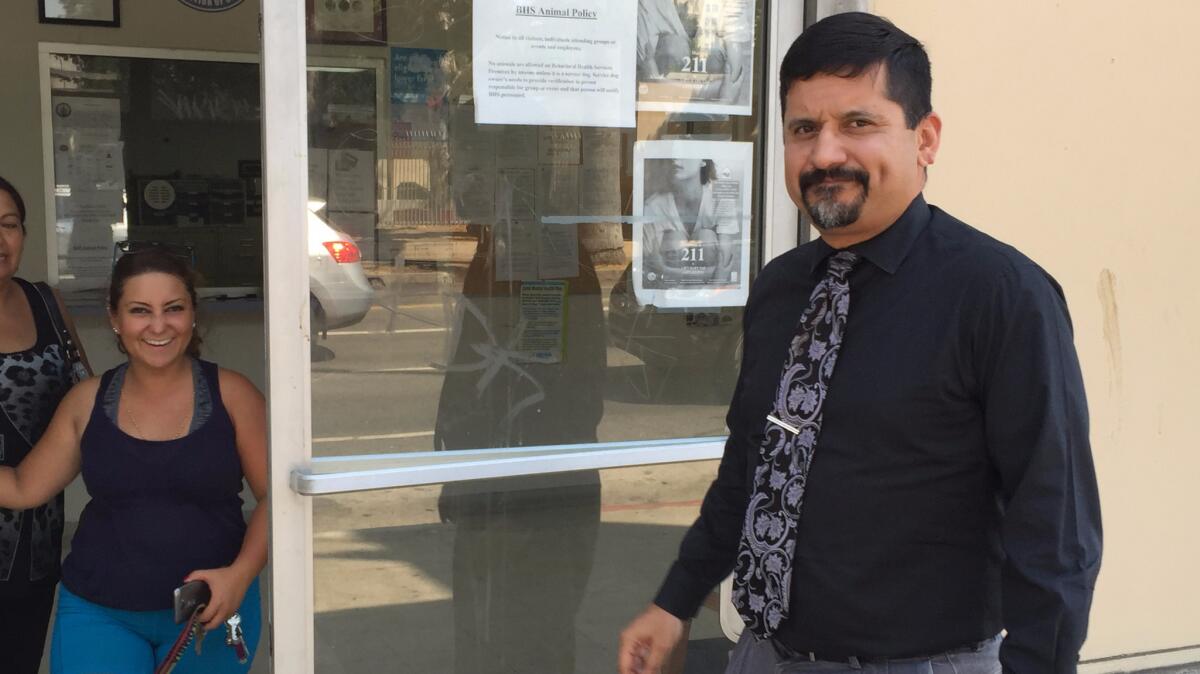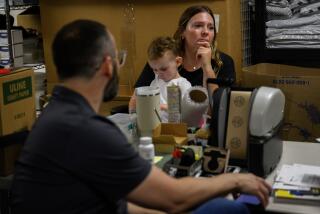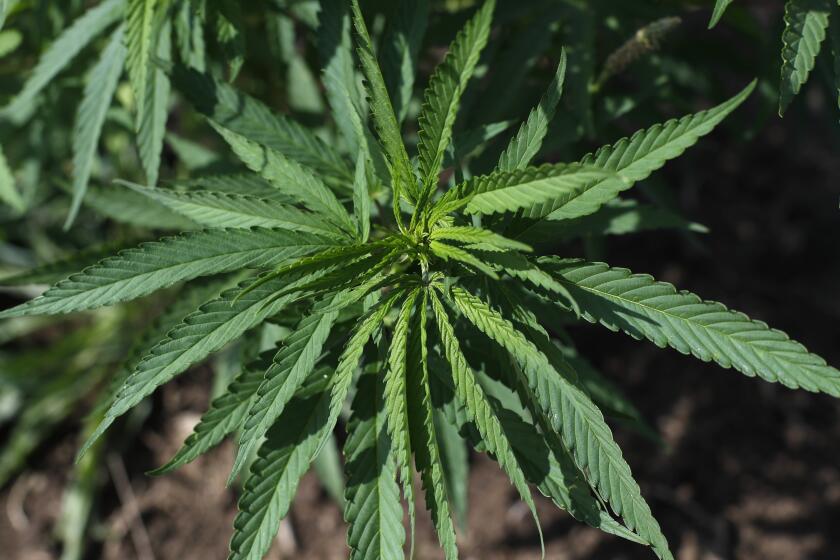A Hollywood drug prevention counselor bemoans the coming legalization of cannabis

When I wrote on Friday that pot use can have a serious downside for some teenagers, I hardly expected to be accused of embracing an archaic, alarmist “Reefer Madness” point of view.
“Are you paid by an anti-marijuana faction?” asked one reader. “You should be ashamed.”
I’m sure I’ve done a lot of things that I should be ashamed of, but raising questions about the effects of marijuana on developing brains is not one of them.
If we’re going to consider legalizing marijuana for adult recreational use in November — and most California voters are leaning toward a “yes” — then we ought not to just focus on how much tax revenue marijuana will generate, or who gets what kind of license to grow, manufacture and sell.
We ought to be able to have a rational discussion about the best way to keep it away from kids (who, let’s be honest folks, will always manage to get pot, the same way they have always managed to get cigarettes and alcohol).
We have to embrace the nuances.
Can kids smoke pot and end up in the emergency room with psychosis or symptoms of schizophrenia? Why yes, they can.
Can kids smoke pot and grow up to be president of the United States? Why yes, as a matter of fact, they can.
Cannabis: it’s complicated.
::
Here’s what Gilbert Mora, a Los Angeles substance abuse prevention specialist, says when kids challenge him about Barack Obama’s pot-smoking past:
“President Obama was smoking rag weed,” he tells them. “You’re smoking that premium, medical-grade stuff, much better than anything he ever smoked. When he was your age, he’d have to smoke two or three joints to get as high as you do today with one puff.”
I visited Mora, 46, the other day at his threadbare office at the Hollywood Family Recovery Center along a slightly grimy stretch of Sunset Boulevard across from Hollywood High School. He works for Behavioral Health Services Inc., a nonprofit healthcare organization that focuses on substance abuse and mental health, among other services.
He invited me to meet him to discuss his concerns about legalization. He didn’t say so, but I think he was alarmed by my columns predicting the passage of Proposition 64.
Mora spends time talking to kids about the dangers of drugs, alcohol and tobacco. He works with neighborhood groups to promote substance abuse prevention, and is a member of Rethinking Access to Marijuana, a coalition of Los Angeles County nonprofits. He takes no position on legalization, but he’s not happy about it.
He tries to get to kids before they smoke weed, the 11-, 12- and 13-year-olds who haven’t been exposed yet. When they tell him pot’s not as bad as alcohol, he tells them that drinking is like jumping off a five-story building, and smoking pot is like jumping off a two-story building.
“Smoking marijuana is better than alcohol,” he says, “but you can still get hurt.”
His goal is to make it harder for kids to score pot, which will make it harder for them to smoke it (or vape it, or dab it, or eat it, etc.).
“We are trying to limit availability, whether socially or through retail,” he said. “With youth, availability is everything. The more access, the more use.”
::
The author of Proposition 64, Sacramento attorney Richard Miadich, has vowed repeatedly that minors will have less access to marijuana in a legal market than they do now.
“The real question,” said Miadich during a recent panel discussion in Sacramento, “is do we perpetuate a system that allows kids to access marijuana by drug dealers? Or do we try something new?”
The text of the proposition vows that the measure “will incapacitate the black market and move marijuana purchases into a legal structure with strict safeguards against children accessing it.”
It will, among other things, bar cannabis businesses from operating within 600 feet of schools and other places that kids congregate, forbid advertising targeted at kids, and establish “strict” packaging and labeling rules — including prohibiting products that are “appealing to children or easily confused with commercially sold candy or foods that do not contain marijuana.” It requires that a huge chunk of the state’s annual marijuana revenue — estimated at hundreds of millions of dollars, perhaps even a billion — be spent on youth drug prevention and education programs.
Mora’s not buying that.
He says surveys out of Colorado, which legalized pot in 2012, showing that teenage marijuana use rates are flat or even slightly below the national average (which I reported Friday) are wrong. And he may have a point.
He frets, rightfully, about edibles, the cause of many emergency room visits.
“Too many edibles look too much like candy,” he said. “And there is no way to know how much [pot] is in them. And even when they do know, it’s like one serving is the head of the gummy bear. How is a kid going to know that? When someone so young gets a hold of these potent edibles, it increases their heart rate to almost cardiac arrest.”
(It’s true that edibles can cause hearts to race and induce panic attack-level anxiety, and researchers are studying the role marijuana may play in cardiac problems.)
When I asked Mora about his worst fear about legalization, I was taken aback by his answer. I could not disagree with him more, but in the spirit of fairness, I’m giving him the last word.
“We will lose a generation of kids,” he said. “Perception of harm is at an all-time low. When perception of harm drops, use goes up. I have a feeling we are going to learn a very hard lesson.”
Twitter: @AbcarianLAT







